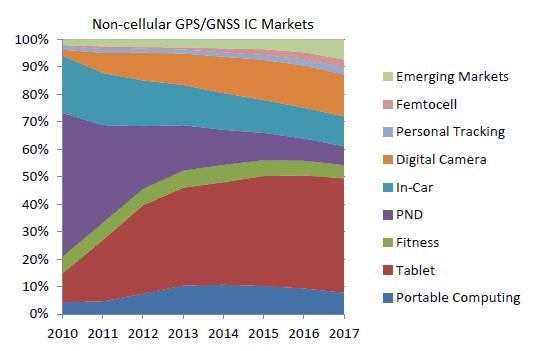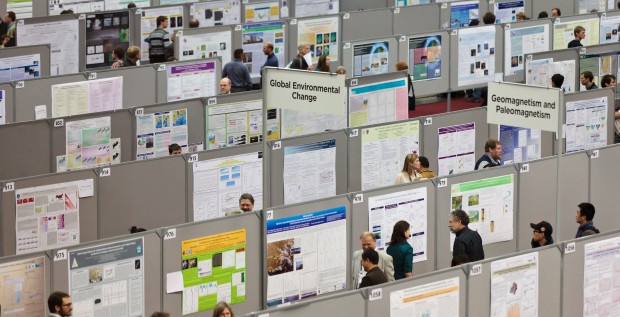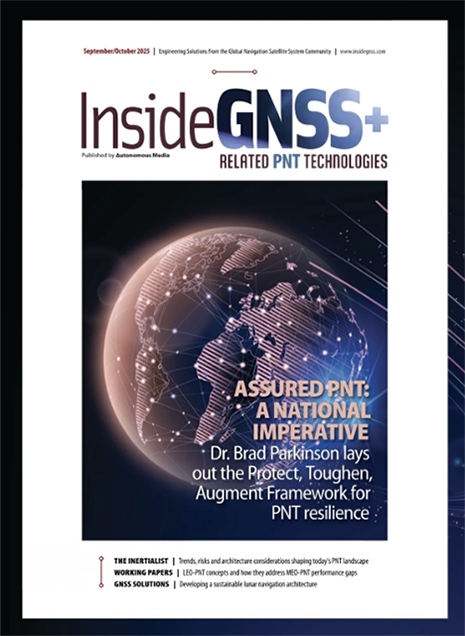ICG-8: Eighth Meeting of the International Committee on GNSS
 Deira neighborhood in Dubai
Deira neighborhood in DubaiThe eighth meeting of the International Committee on GNSS will take place in Dubai, United Arab Emirates, from November 10 through November 14 2013.
The meeting’s co-director is Mr. Saleem H. Al Marri, director of the Space Program Department, EIAST, Dubai.
By Inside GNSS













